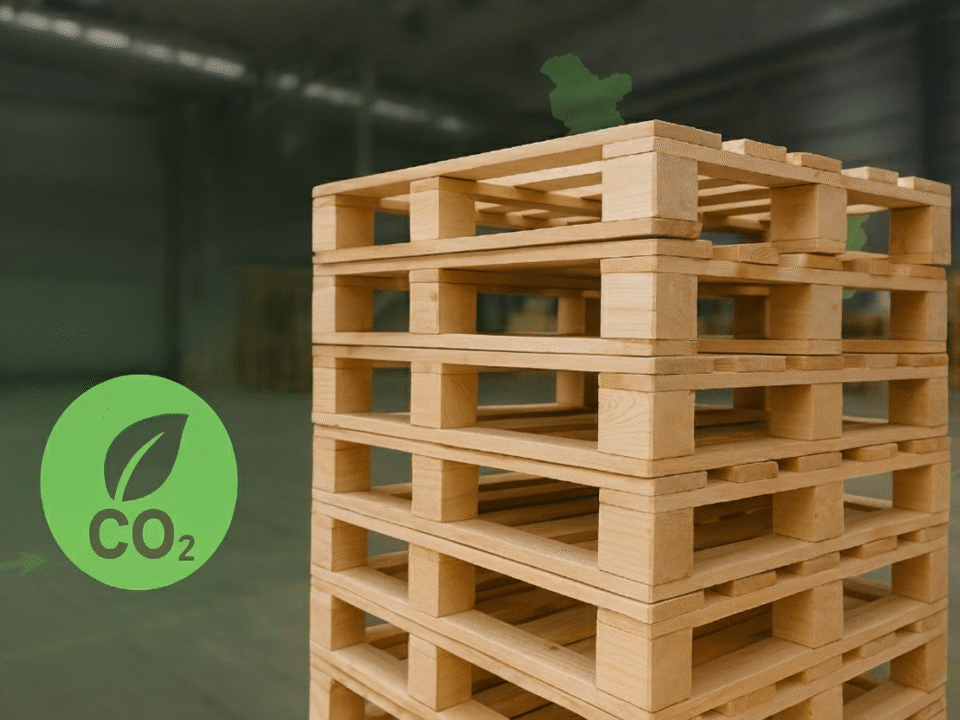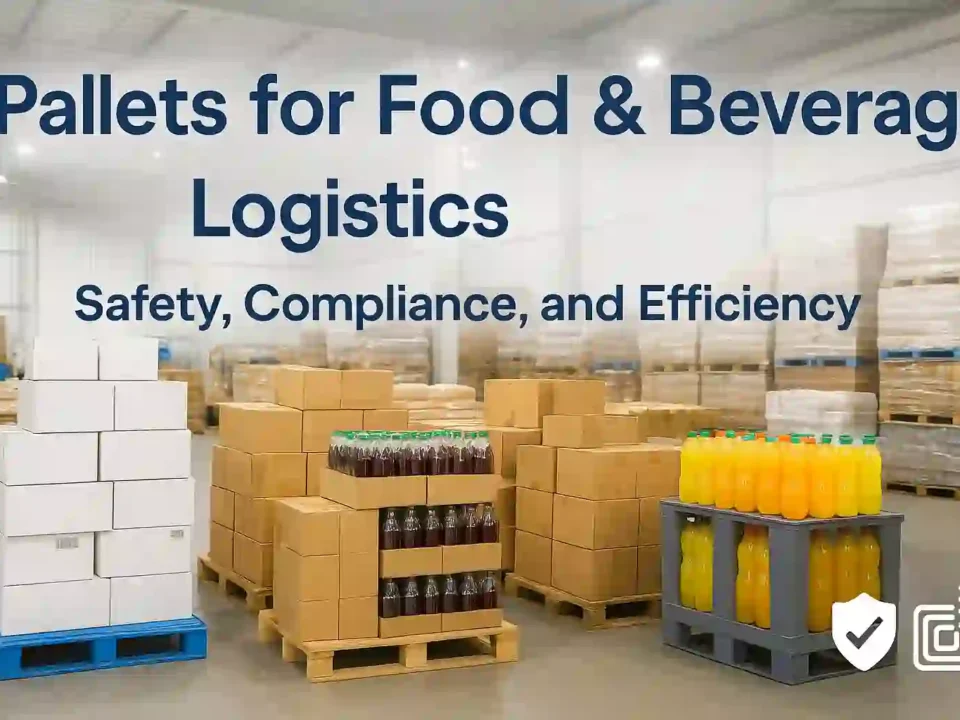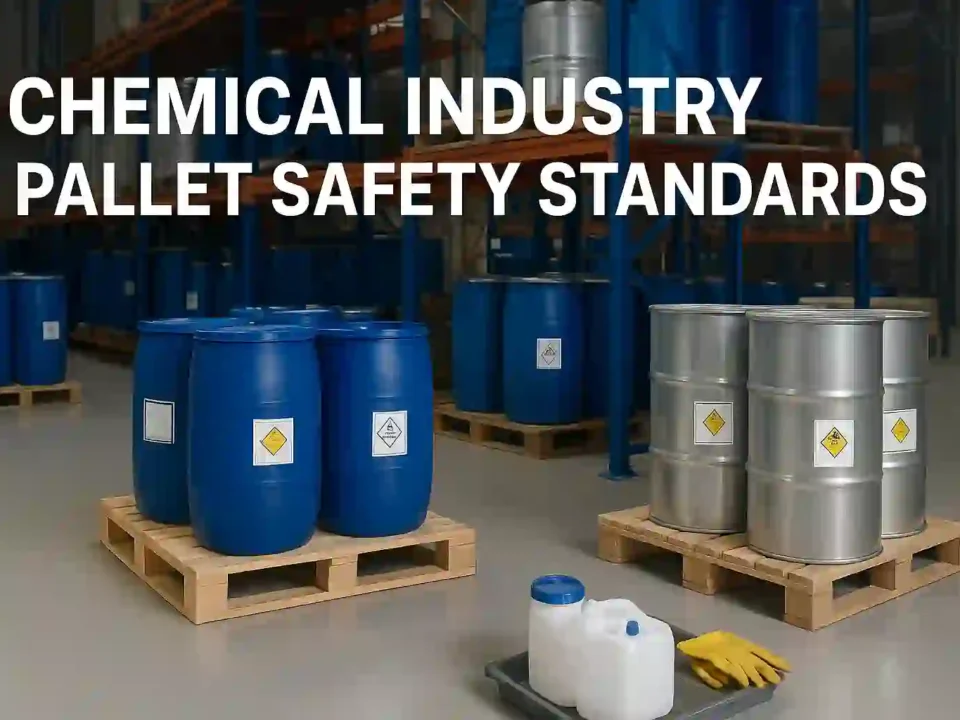
Understanding the Different Types of Pallets: Wooden, Plastic, and More
January 22, 2025
ISPM 15: Why Compliance is Critical for International Shipping
January 28, 2025Wooden Pallets vs. Plastic Pallets: Which One is Right for You?
Pallets are essential for supply chains and logistics. They help store and transport goods with precision. Wooden Pallets vs Plastic Pallets are the two most common choices.
Choosing the right pallet can affect your business. This guide explains wooden and plastic pallets. It helps you pick the best one for your needs and budget.
 What Are Wooden Pallets?
What Are Wooden Pallets?
Wooden pallets are platforms made from pine, oak, or other woods. They are low-cost and easy to customize. Many industries use them for storage and shipping.
Wooden pallets recycle well. They help reduce waste and support sustainability. They are a cost-cutting option for businesses.
Advantages of Wooden Pallets
Wooden pallets are affordable. Their low price makes them a cost-effective choice. Businesses save money by using them for their needs.
These pallets adjust to different sizes and designs. You can customize them for specific needs. This boosts efficiency and saves time.
Treating wooden pallets extends their lifespan. They resist damage and recycle with ease. Reusing them helps reduce waste and supports green practices.
Key Advantages:
-
Affordable and drives down costs.
-
Easy to customize for various uses.
-
Reusable and recyclable with proper treatment.
-
Help reduce waste and support sustainability.
Disadvantages of Wooden Pallets
Wooden pallets absorb moisture and attract pests if untreated. This can damage goods. They wear out faster than plastic pallets.
Businesses must repair or replace them often. Frequent maintenance increases costs over time.
Key Disadvantages:
-
Absorb moisture and attract pests when untreated.
-
It has a shorter lifespan compared to plastic pallets.
-
Need frequent repairs or replacements.
Use Cases for Wooden Pallets
Wooden pallets are perfect for manufacturing, export, and warehousing. They work well for short-term use and bulk shipping. They are ideal for businesses focused on saving costs.
Key Use Cases:
-
Manufacturing, export, and warehousing.
-
Short-term use and bulk shipping.
-
Best for budget-conscious businesses.
What Are Plastic Pallets?
Plastic pallets use HDPE or PP materials. They are strong, lightweight, and weather-resistant. These pallets handle tough conditions and protect goods.
Plastic pallets resist moisture and bacteria. They are ideal for the food and pharmaceutical industries. Their smooth surface makes cleaning easy.
Advantages of Plastic Pallets
Plastic pallets last longer than wooden pallets. They resist damage and stay strong over time. They are durable even in rough conditions.
These pallets handle moisture, heat, and cold. They are perfect for outdoor use. Goods stay safe even in extreme weather.
Plastic pallets meet strict hygiene standards. They don’t absorb bacteria or contaminants. This makes them a top choice for the food and FMCG industries.
Key Advantages:
-
Long-lasting and durable.
-
Handle tough weather conditions.
-
Meet hygiene standards for sensitive industries.
Disadvantages of Plastic Pallets
Plastic pallets cost more than wooden pallets. The upfront price can strain budgets. Their limited recyclability adds to waste concerns.
They are less flexible for specific needs. Businesses may struggle to find custom sizes.
Key Disadvantages:
-
Higher upfront cost than wooden pallets.
-
Limited recyclability and environmental concerns.
-
Less adaptable to custom sizes.
Use Cases for Plastic Pallets
Plastic pallets are best for food, pharmaceuticals, and FMCG industries. They work well for hygiene-sensitive goods. Their lightweight design makes transport easier.
Key Use Cases:
-
Food, pharmaceuticals, and FMCG industries.
-
Hygiene-sensitive goods.
-
Long-term use and lightweight transport.
Factors to Consider When Choosing
To choose the right pallet, think about these points:
-
Cost: Compare the upfront price with the long-term value.
-
Industry Needs: Check hygiene standards and load limits.
-
Environmental Impact: Look at recyclability and waste.
-
Durability: Pick a pallet that lasts in regular use.
Conclusion: Compare wooden pallets and plastic pallets Which are Best for You?
Wooden pallets are great for saving money and short-term needs. Plastic pallets are best for durability and hygiene.
Think about cost, durability, and your industry needs. Explore our pallet solutions today to find the right fit for your business!



